
Not far from where the Great Ocean Road winds its way past Torquay, there’s a wild corner of coastline that doesn’t care for crowds or fancy cafes — Point Addis Marine National Park. I first stumbled upon it years ago chasing a surf break I’d heard whispers about, but what I found was a coastline alive with story, science and salt. This park is a pocket of raw Victoria, where sandstone cliffs tumble into turquoise water and the air smells like eucalyptus and sea spray.
You can feel the oldness of the land out here — not just geologically, but culturally. Every dune and headland holds memory, belonging to the Wadawurrung People long before wetsuits and walking tracks.
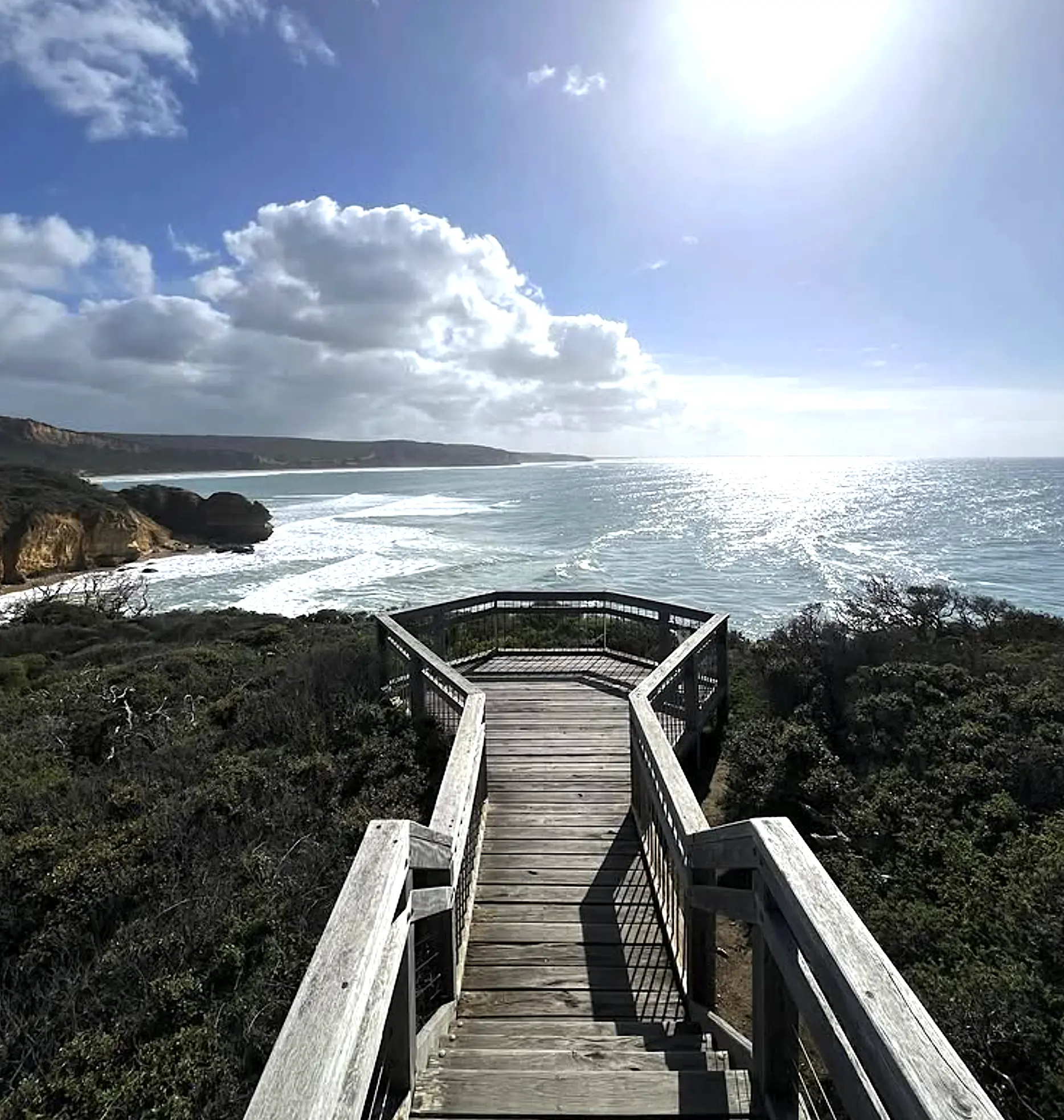
This coastline isn’t the gentle, sandy sort. It’s bold and sculpted — sandstone cliffs painted with iron-rich streaks that glow gold at sunset. Below them, rocky reefs and subtidal waters hide sponge gardens, rhodolith beds, and coralline red algae thriving in the dynamic wave action of the Bass Strait. And offshore:
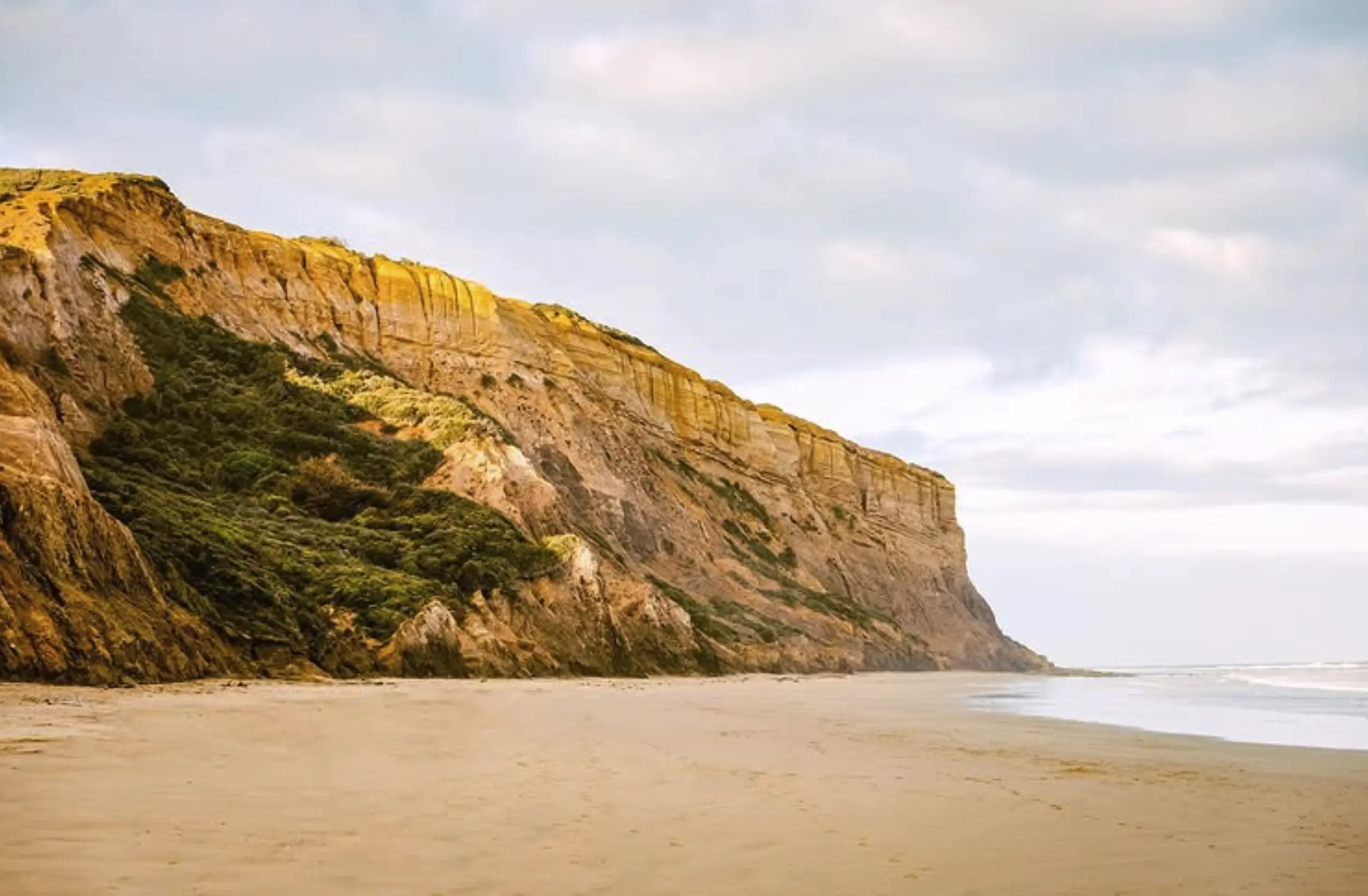
| Feature | Description | Typical Depth/Height |
|---|---|---|
| Sandstone cliffs | Multi-layered sedimentary rock with iron and lime bands | Up to 70 m |
| Kelp forests | Dominated by giant kelp Macrocystis pyrifera | 5–25 m underwater |
| Intertidal rock platforms | Habitat for molluscs, crabs, and sea stars | Tidal zone |
| Seagrass meadows | Nursery ground for fish species | 1–5 m depth |
| Coastal heathland | Home to wallabies, Pig Face, and native vegetation | Above cliffs |
You’ll find Point Addis between Anglesea and Bells Beach, about 115km south west of Melbourne. It’s in the Surf Coast Shire, between Great Otway National Park and the Great Ocean Road and managed by Parks Victoria.
Coordinates: 38° 21′ S, 144° 18′ E
From Torquay, it’s about a 20-minute drive along the Great Ocean Road. The Addiscott Road turn-off takes you through coastal heathland to the main car park and lookout, with sealed road most of the way — though the last bit can get a bit corrugated after rain, so watch your tyres.
The park is part of a continuous marine biodiversity corridor with Eagle Rock Marine Sanctuary near Aireys Inlet — an important link in Victoria’s Marine National Parks.
You can’t talk about Point Addis without acknowledging the Wadawurrung People, Traditional Owners of this coastline and part of the broader Wadawurrung Nation. Their stories go back over 60,000 years and connect the cliffs, reefs and marine life through ancestral songlines that guide both land and sea.
Visitors can learn from the Wadawurrung Traditional Owners Aboriginal Corporation (WTOAC), who often host cultural events like the Wadawurrung Cultural Walk and Wadawurrung Guided Snorkelling sessions. You’ll see interpretive signs along the Koorie Cultural Walk that explain shell middens, ochre use and the significance of sea totems in the marine environment.
If you join one of our Great Ocean Road Tours Australia coastal tours, we work with local guides to share these cultural insights with respect and permission — we walk not just on the land but with it.
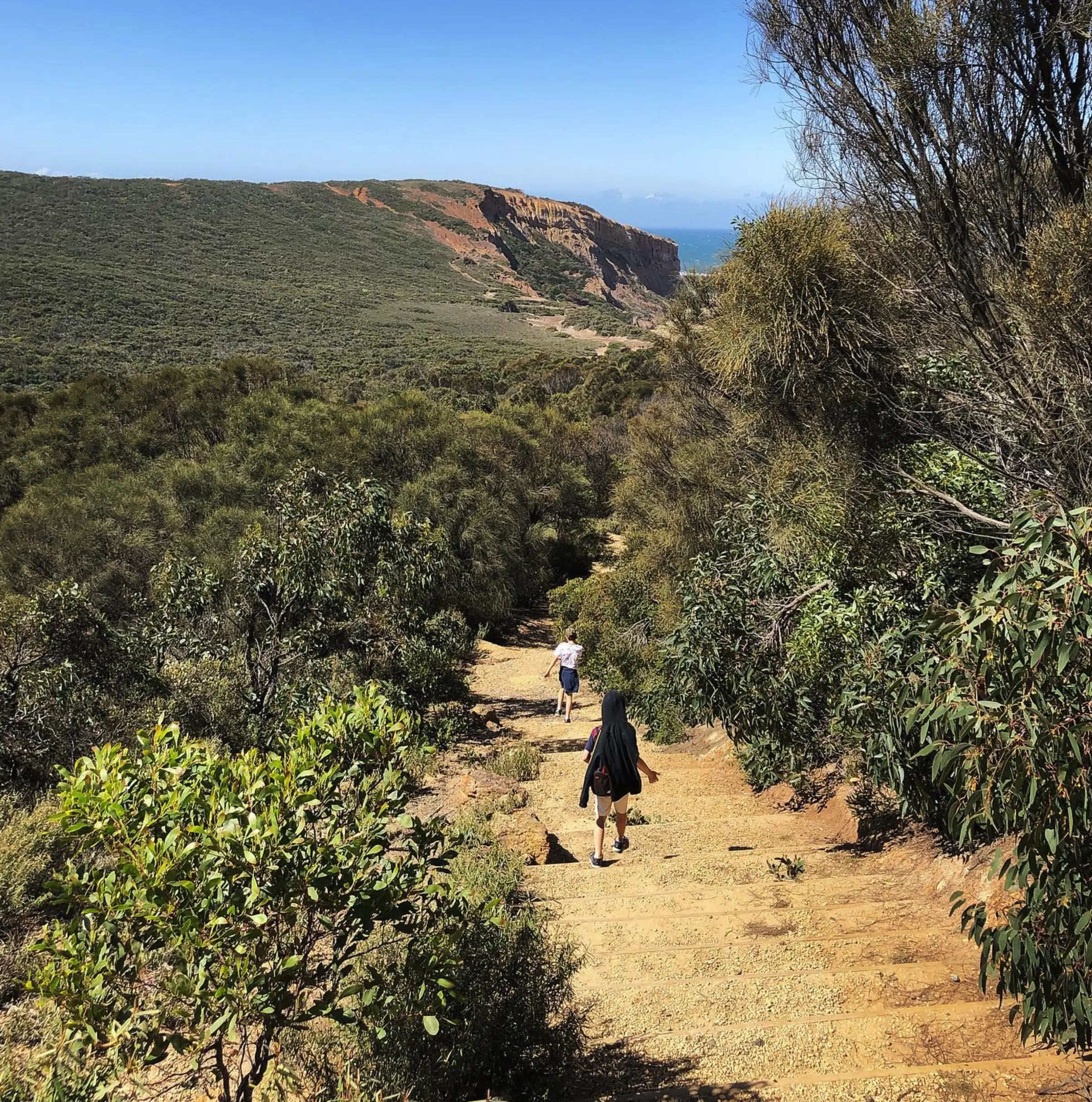
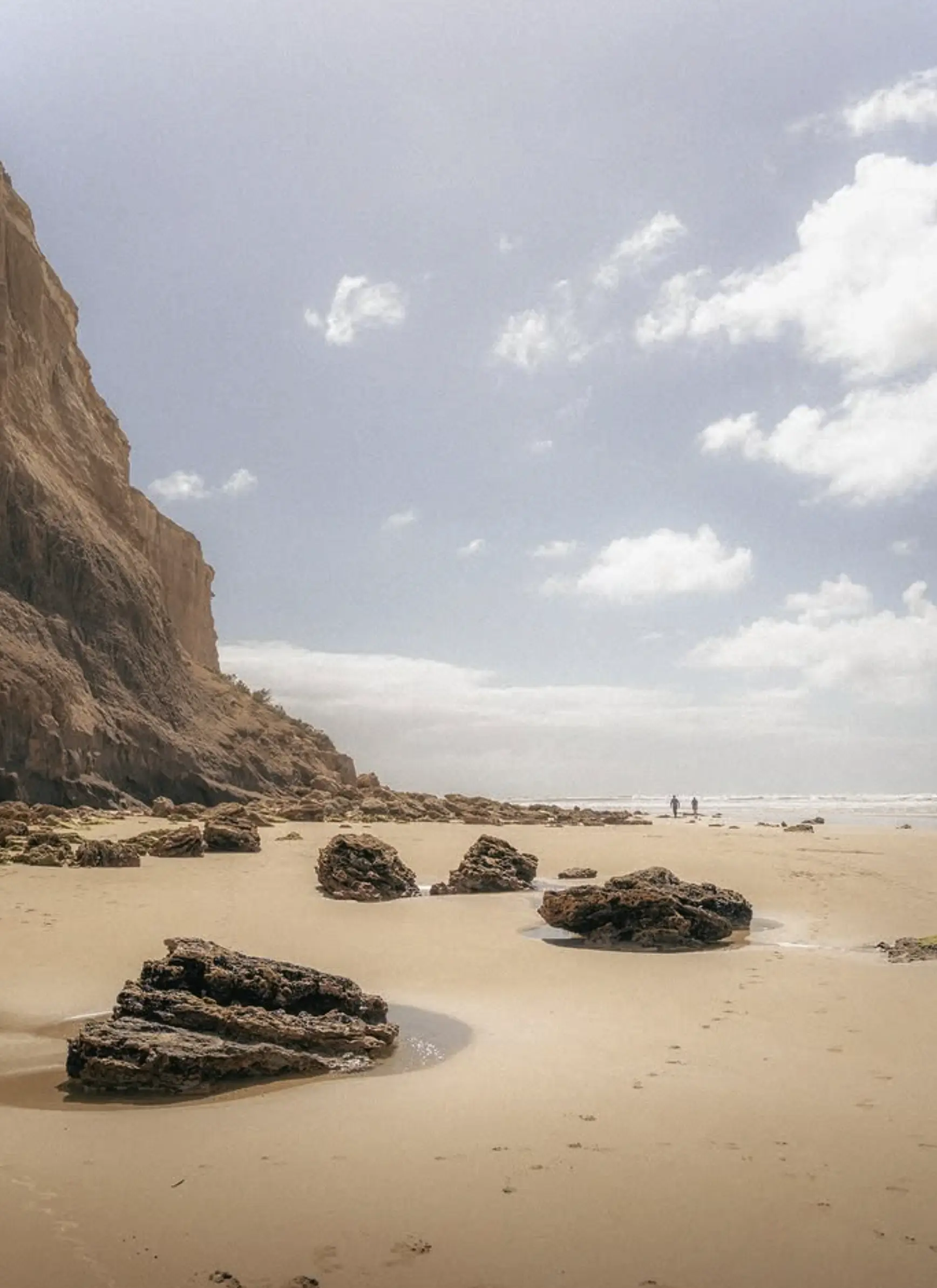
The walking trails around Point Addis don’t get the love they deserve. Most visitors pull into the lookout, take a photo and head off to Bells Beach — missing out on kilometres of Surf Coast Walk and Point Addis walk tracks that wind through native vegetation and coastal heathland.
Top walks to lace up for:
Bring sturdy shoes, a windproof jacket and a sense of direction; coastal winds can turn a warm day cool in minutes.
Ask any local surfer and they’ll give you a half-grin before they change the subject. Point Addis Beach, known as Addis Back Beach or Point Addis Beach West, has one of the most consistent off-shore reefs and reef breaks on the Surf Coast — but it’s best suited for confident riders. The waves here peel long and fast over rocky reefs, especially on a rising mid-tide with an easterly offshore wind.
For those more into tanning than tube-riding, the main sand beaches are patrolled during summer weekends. There’s even a clothing-optional section tucked away around the eastern cliffs. It’s relaxed, respectful and beautifully set against sandstone cliffs and marine waters that shimmer in the midday sun.
Nearby Anglesea Family Caravan Park and local surf schools cater for beginners and families looking to dip their toes in safely — or just watch the pros preparing for the next Ripcurl Pro season.
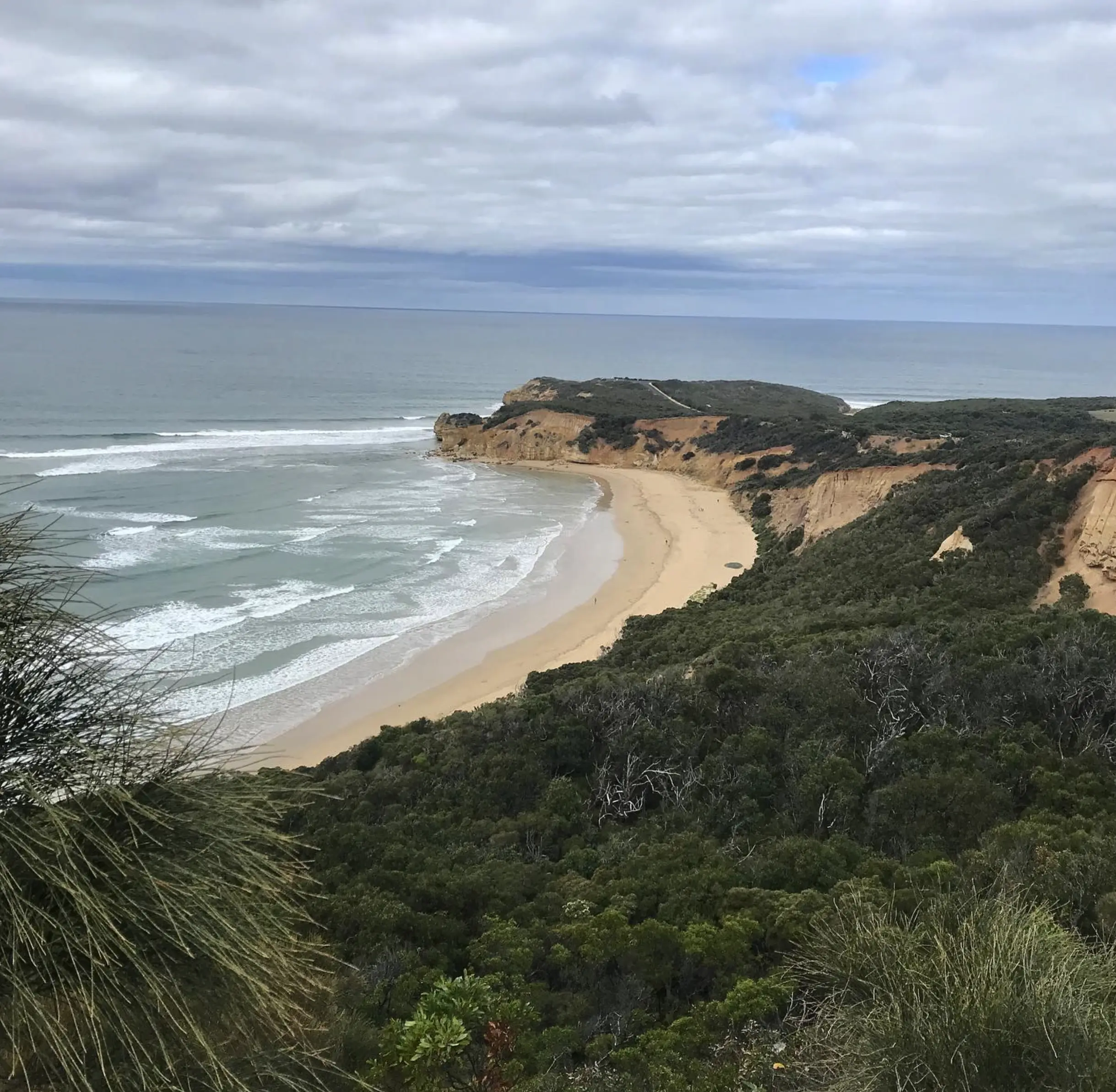
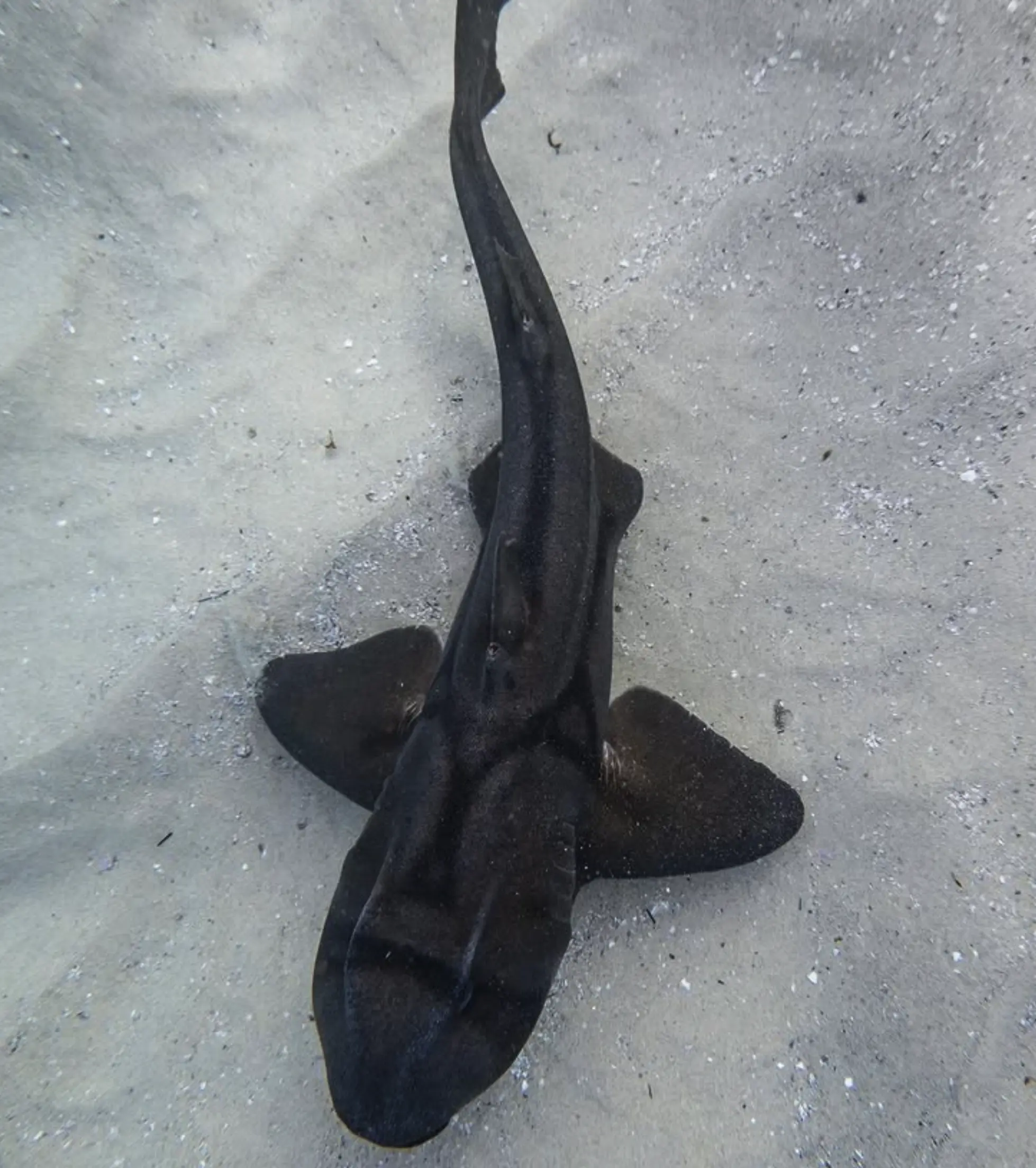
Beneath the chop lies one of Victoria’s most stunning underwater worlds. Snorkellers and divers can explore limestone reefs, bommies and sponge gardens teeming with life.
Look out for:
Water visibility is 8–12 metres on calm days. The best time to dive is from December to May, when the swell is moderate and plankton bloom keeps the marine life thriving. Parks Victoria lists over 80 species of marine life in the park’s marine environment — from algae to apex predators.
You don’t need a snorkel to see the local wildlife. From June to October, Southern Right Whales, Blue Whales, and Killer Whales pass offshore, resting in the shallows near Bells Beach and Anglesea. Bring binoculars — they can get surprisingly close to shore.
On land, you’ll see:
Dusk is magic here. The cliffs glow, the waves hush, and the bush hums — perfect time for quiet wildlife watching before heading back to camp.
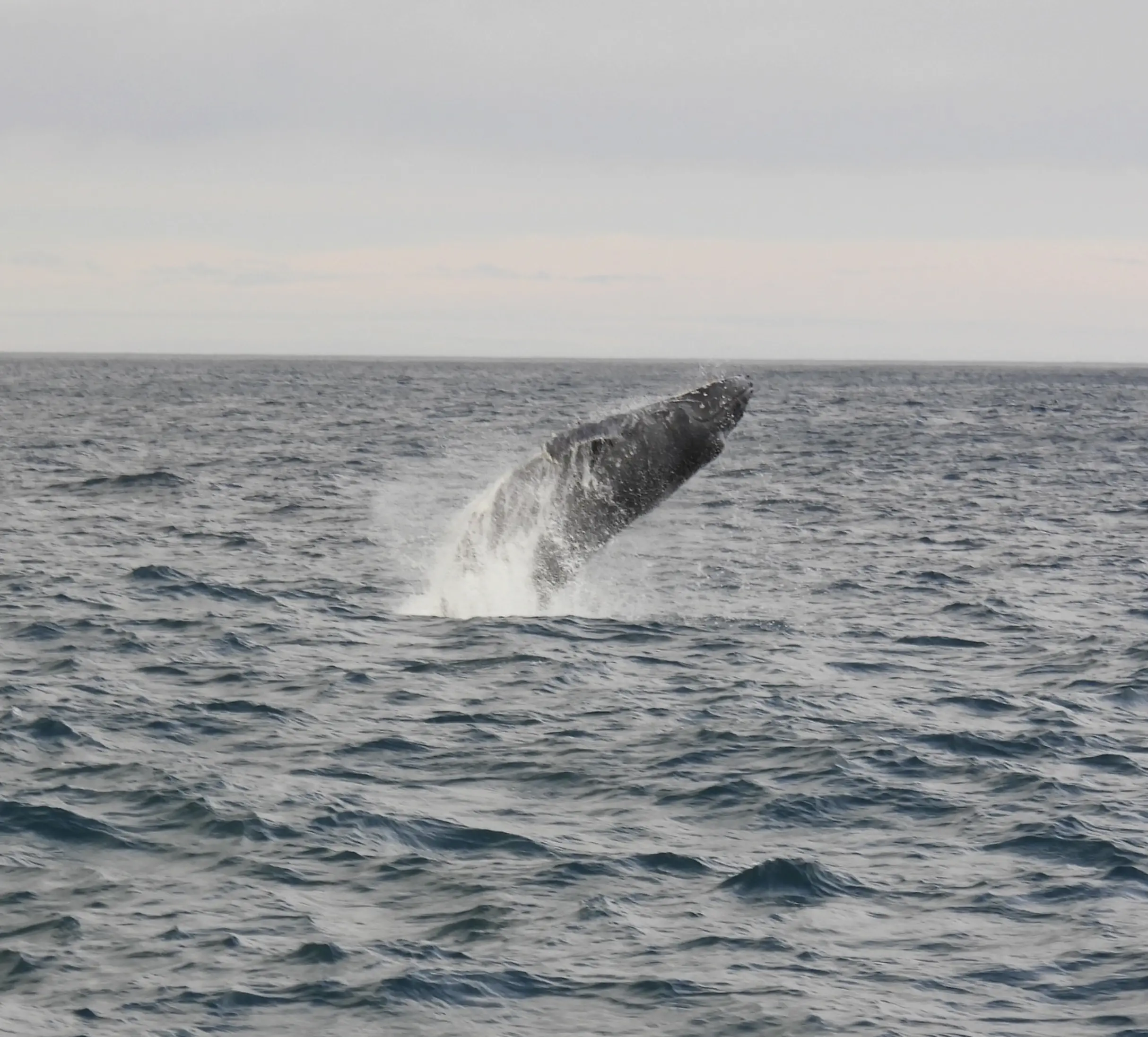
Point Addis enjoys a cool-temperate coastal climate — think crisp winters and sun-soaked but breezy summers.
| Season | Average Temp (°C) | Conditions | Tips |
|---|---|---|---|
| Summer (Dec–Feb) | 18–25 | Warm days, strong UV | Pack reef-safe sunscreen & water |
| Autumn (Mar–May) | 14–21 | Mild, calmer seas | Ideal for snorkelling & hiking |
| Winter (Jun–Aug) | 9–15 | Cool, windy, whale season | Bring a windbreaker & a hot thermos |
| Spring (Sep–Nov) | 12–20 | Wildflowers in bloom | Best for photography |
The Bass Strait winds can get wild, and Bushfire Safety alerts apply in summer. Always check Parks Victoria for trail closures or conservation activities before you head out.
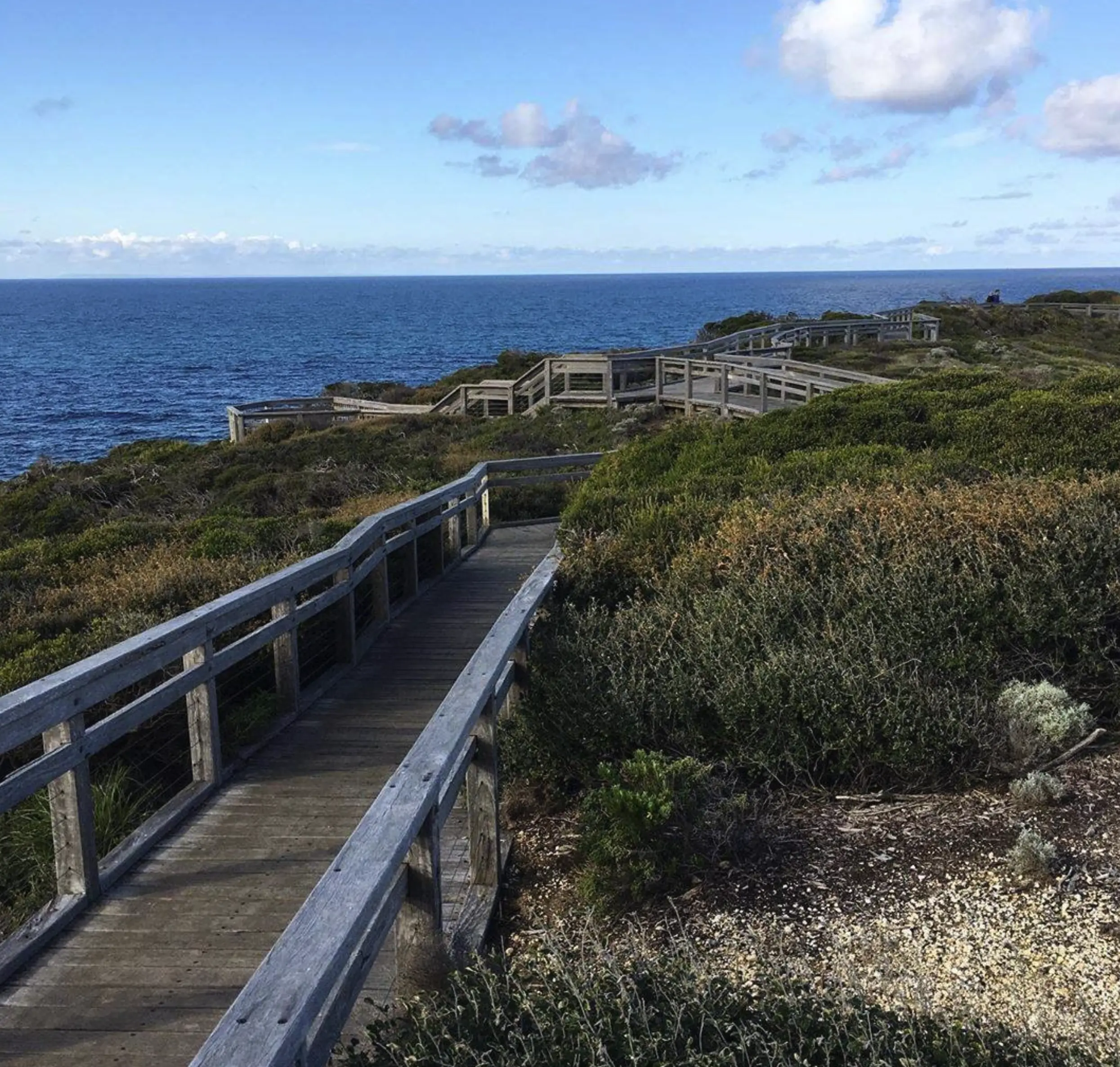
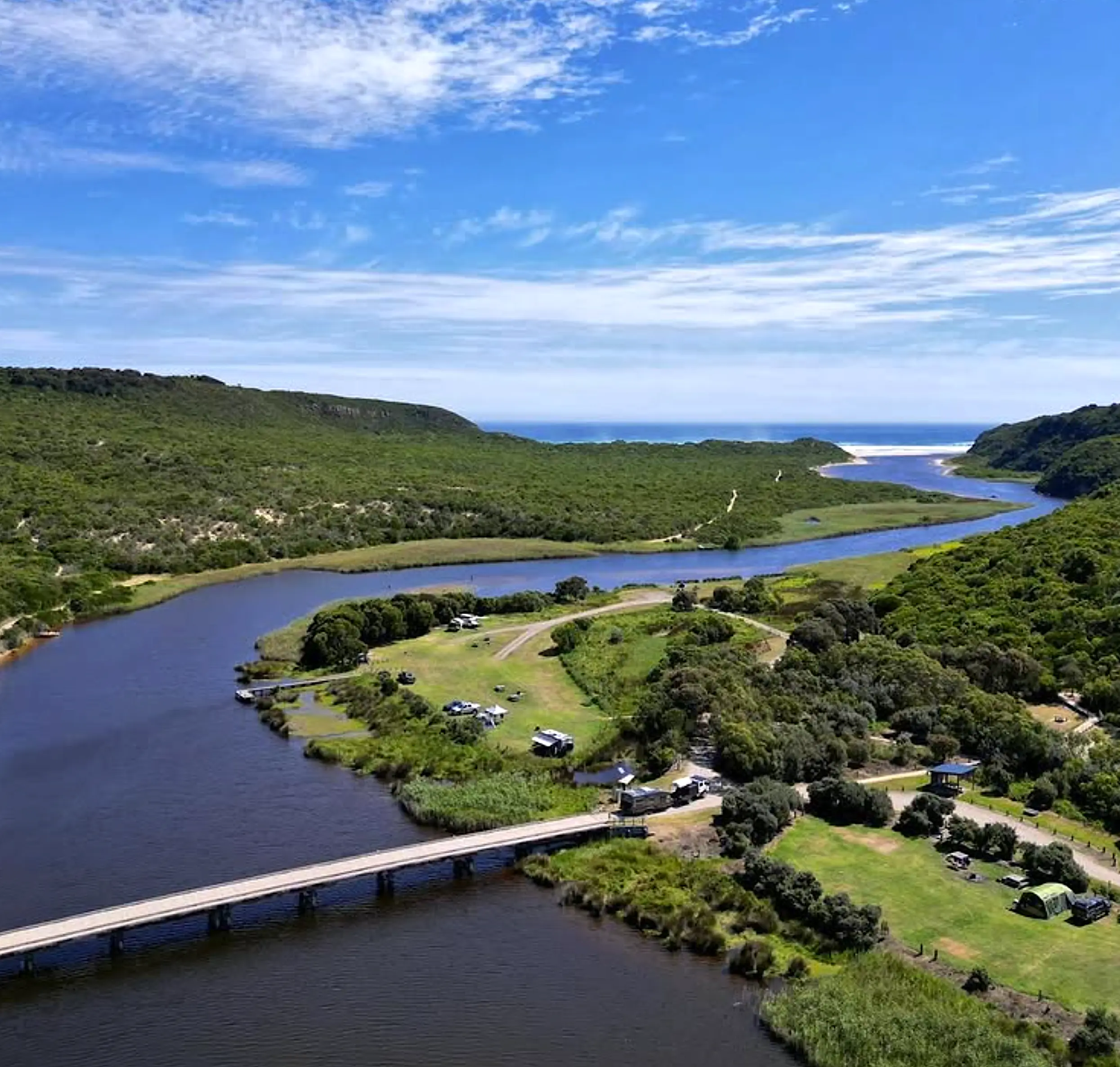
There’s no camping in the park itself, but there are some good options nearby:
Suppose you’re with us at Great Ocean Road Tours Australia. In that case, we often base ourselves in Anglesea, combining comfort with easy access to National Parks and Reserves along the Great Ocean Walk and Surf Coast Walk.
Getting there:
Parking: The Main car park at the Point Addis Road end has toilets, picnic tables and water pools nearby.
Packing list:
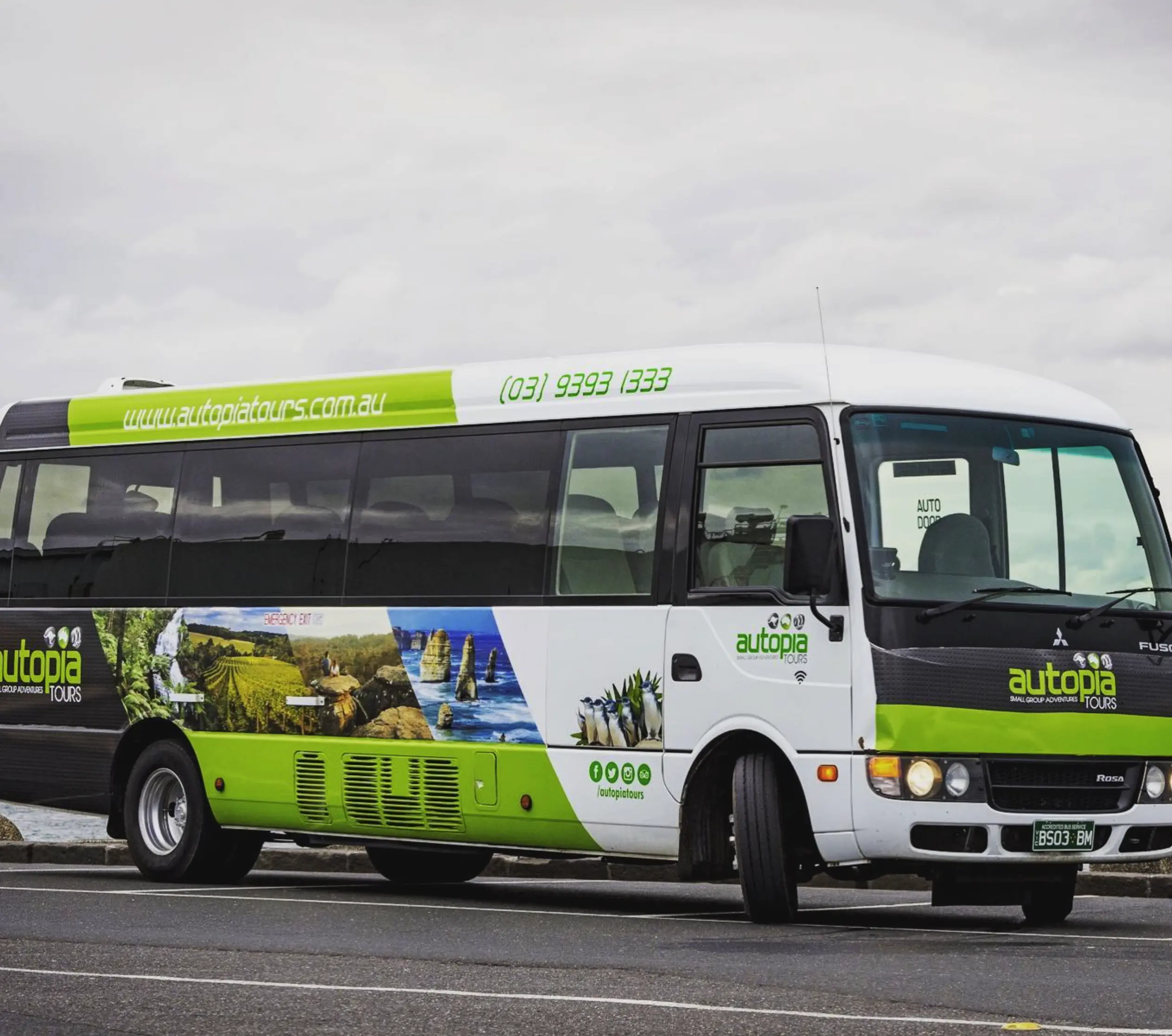
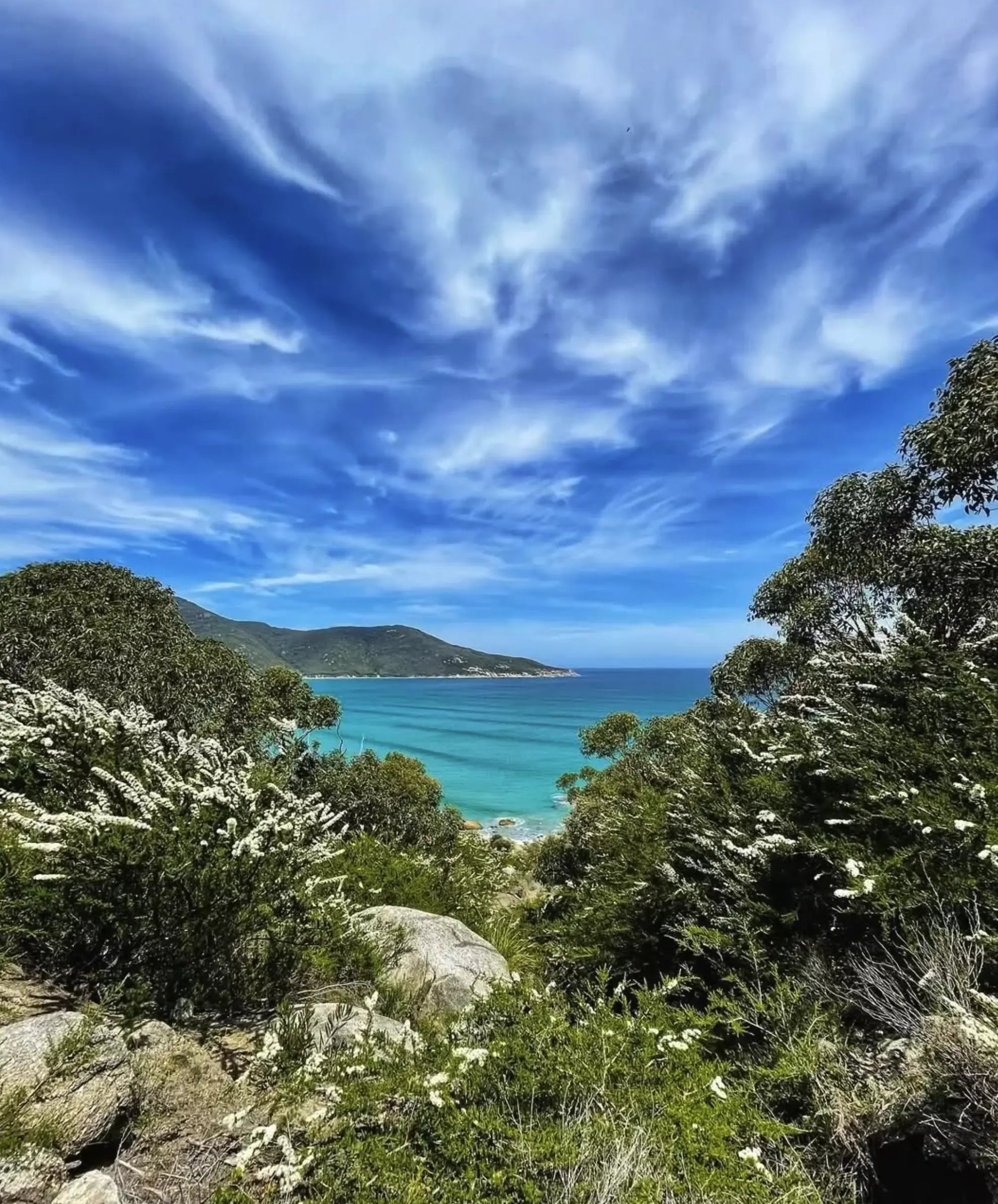
Parks Victoria’s Marine National Parks are no-take zones — no fishing, collecting or disturbing sea life. That includes shells, seaweed and driftwood.
Key rules:
Fines can sting, but compliance protects marine biodiversity and underwater environments that make this area so special.
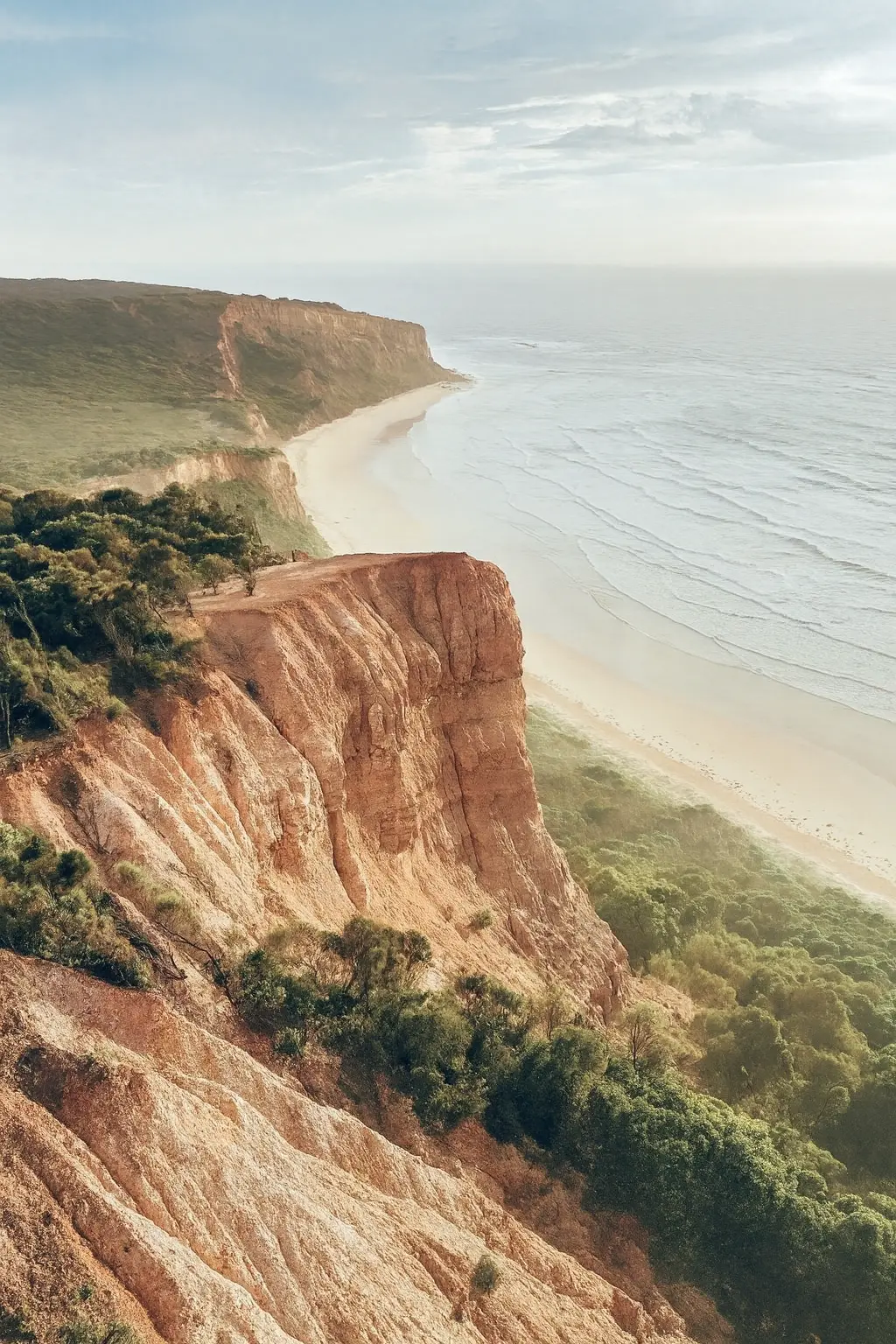
No. It’s a protected marine environment, part of Victoria’s Marine National Parks, where fishing and collecting are not allowed.
Yes — the main beaches are safe, with toilets, picnic areas and surf schools nearby. Always follow Parks Victoria signs.
No, dogs are not allowed in National Parks and Reserves to protect wildlife and native vegetation.
March to May for mild weather and calm seas; June to August for Southern Right Whales and Blue Whales.
Yes — Aire East Campground, Aire River West Campground, and Anglesea Family Caravan Park are all nearby and offer easy access to Great Otway National Park and the Surf Coast Walk.